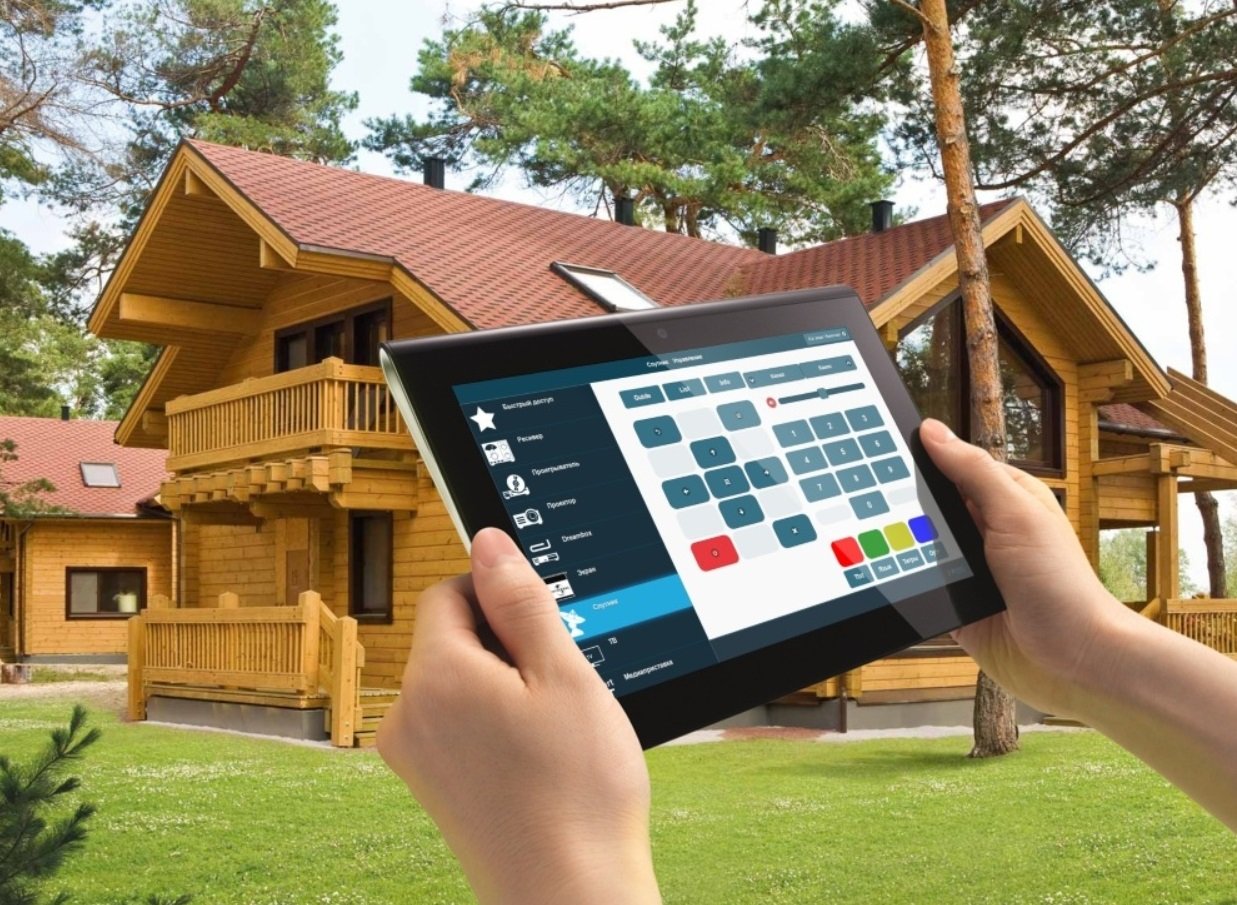Smart home. Nuances of selection and installation

The realities of modernity seem to be pushing to secure the apartment from the intrusion of strangers, to organize the proper use of electrical appliances in order to save the family budget. A smart home will help in this. To choose a technically reliable system and install it in the most important places, you should use the advice of experienced people: Take into account the nuance that not every device is ready for use in any room. Despite the general principle of operation, Smart homes are designed according to different schemes. The electric cable used should function for a long period of time, and not according to the principle: here and now. With this approach, the device for planning the preservation of material resources when using electric household appliances and protecting housing will bring true benefits.
Choose a wired or wireless Smart home?
The question arises when electronic blinds, automated heating, spot LED lighting are used. Before coordinating the work of the existing automated elements of the house, you need to plan how to connect it as economically as possible. The smart home of your apartment or private mansion can perform the functions of a wired KNX system and a wireless version of the system. Each has its own advantages.
When is a wired smart home system appropriate?
Wired is suitable in cases when the house is at the design stage and an electric cable is not laid. Such a system operates from two components: issuing sensor commands, and the infrastructure that launches the components into operation. KNX is a decentralized system, but any of the server variants performs the role of a central controller. A smart home is an easy-to-use system that can be controlled as the situation requires. For convenience, install the application on a mobile device, and in the absence of housing, remotely control various electrical appliances.
Advantages of wireless systems
One of the main ones: it does not issue high frequencies, therefore it does not have a ban on use in Russia. Commands can be transmitted seamlessly without laying cables. A smart home of this type has encryption functions, which protects during use from interference coming from other networks. In the possibility of a smart home for the future expansion of functions, the wishes of buyers on the issue of expanding functionality depends on the budget, from which the possibilities of more active management of installed household appliances arise. When laying cables for a Smart home, it is necessary to provide for future expansion of capabilities. But it doesn’t make sense to install everything right away — suddenly a decision will be made to sell housing. It is better to install the elements in stages.
Who to contact for installation
A smart home is simple with certain knowledge when using, but the installation should be handled by specialized specialists. They have technical literacy on the system, and after completing the installation, they will give guarantees for a certain period. They have the necessary tool, know the basics and nuances of system planning. And the destiny of the owners is to use it for the benefit of the family, for the sake of saving money and protection from dishonest people.

Order
remotely with one click
